Low back pain is something that almost all of us will deal with in some capacity, at some point in our lives. The World Health Organization (WHO) states that 60-70% of adults experience non-specific low back pain. Those that experience it once, especially at a younger age, have an 80-88% chance to experience it again. Sciatica, which is not a diagnosis itself, but a very common symptom of back pain, occurs in about 40% of adults and is more common as we age. This actually isn’t surprising. Our spines are a major support system that work to keep us upright and moving in many different directions all day long. There is good news here though, our spines are meant to handle this stress. Our lives and other habits we have are really what can negatively affect our spine and can lead to pain. To truly understand back pain we have to know the most common causes and understand our symptoms.
Not all back pain is alike and the true cause of a person’s back pain drives treatment and prevention. In this blog we will cover the three most common causes of back pain seen in the clinic, what causes them, and how to prevent them.
1. Disc Herniation/Bulge
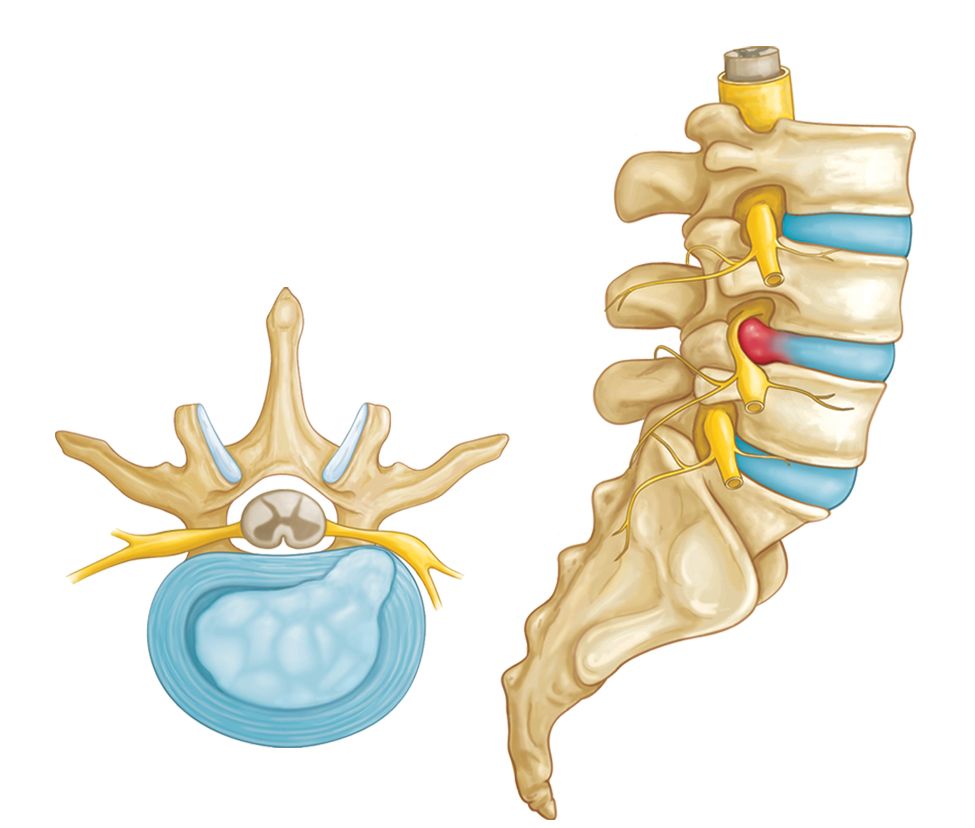
What is it?
A disc herniation, or bulge, happens when the very tough, outer layer of the discs between the segments of the spine wears down and the softer jelly-like substance inside the disc pokes out. No your disc does not move out of place , slip, or “go out”. The inside of the disc just pokes out of the outer layer of the disc. If that herniation hits on a nerve root, it can cause pain (see our last blog on pain for more information on how that can happen). Depending on the area of the spine where the disc bulge occurs, pain radiating away from the spine and even down into the buttock and leg can occur.
Many know this symptom as sciatica. Remember, sciatica is not a diagnosis but a symptom of nerve irritation or compression, usually starting in the spine, that can cause pain or other symptoms anywhere along the sciatic nerve which runs from the low back and buttock all the way down the leg to the foot. It has many branches off of it. That is why sciatica pain can be felt in many different places.
This sounds scary, but it is actually incredibly common in many people without pain of any age. There is a great study I like to share with my clients called the V.O.M.I.T. study, or Victims Of Medical Imaging Technology. It shows how positive, and potentially scary and stressful, findings on imaging do not always give us all of the information about the cause of someone’s pain. As you can see below, disc herniation can be seen on imaging in about 25% of people ages 20-22. None of those people have back pain. We also know the likelihood of this finding gets more common the older we get.
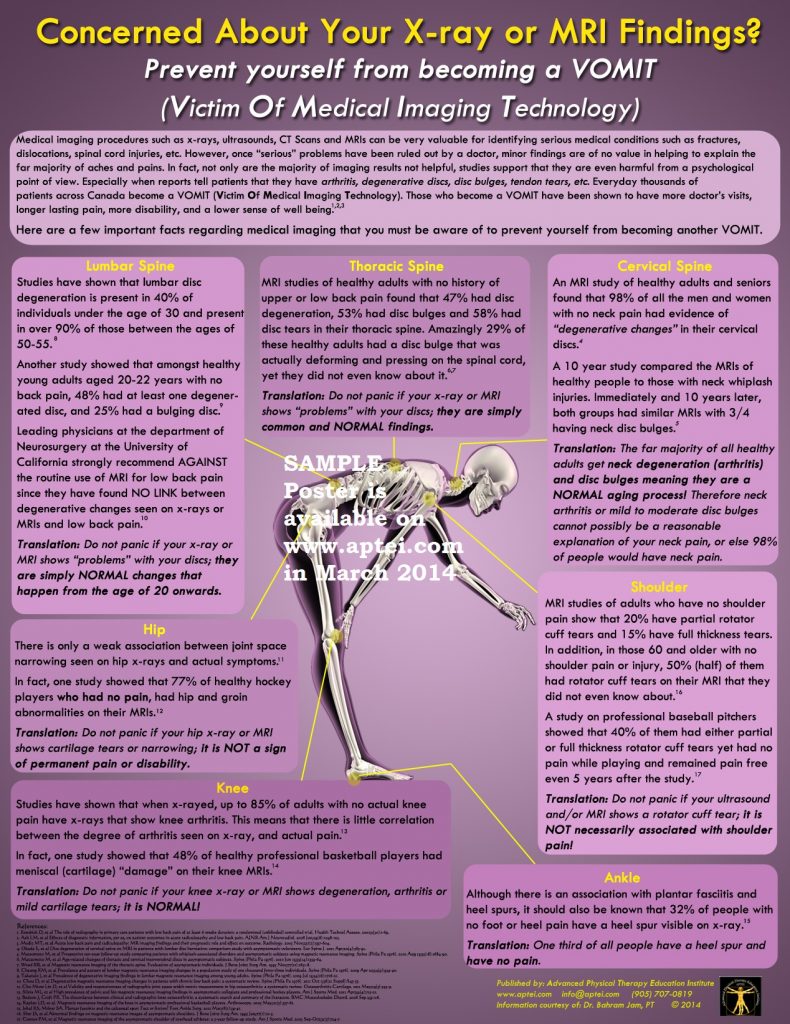
How Does it Happen?
The most common way a disc bulge happens is with repetitive bending or sitting with a rounded lower back. Bending with a rounded spine and a combination of lifting can also be a common cause. Usually, the one lift is the not the only reason why a disc herniation or bulge causes pain. It really becomes the straw that breaks the camel’s back (pun intended). In the right situation, a single episode could certainly cause a bulge but this usually comes from a bulge that may already be there (see above) that gets worse with reputation over time under load. Knowing this will play a big role in preventing this cause of back pain.
Symptoms
Typical symptoms include pain at or near the level of the spine where the bulge occurs. If the nerve is irritated or compressed pain, numbness/tingling, and even weakness can be felt in the buttock area or in the leg on the side of the injury. Activities that increase pain may include bending over, sitting, lifting, coughing/sneezing/laughing, and getting out of bed without rolling to your side.
2. Stenosis/Arthritis/Degenerative Disc Disease
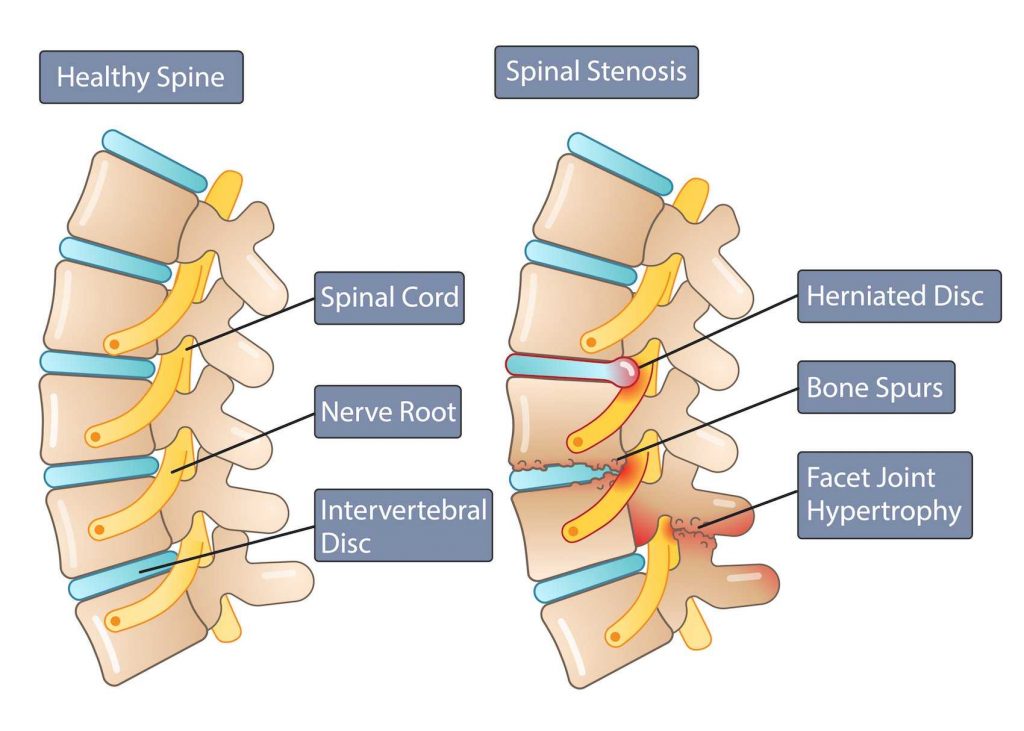
What is it?
Stenosis is a fancy word for narrowing of the canals in our spine where the nerves come out. Stenosis can be caused by arthritis causing bony build up around the joints of the spine narrowing that opening. It can also be caused by losing the space between the vertebra as the discs lose water content over time. That is exactly what degenerative disc disease is. It’s not a disease at all actually. It is a very natural process that literally all of us go through. If we refer back to our V.O.M.I.T. study, we can see degeneration of the discs is very common in people without pain at any age and the process starts in our 20s.
How Does it Happen?
Age. This process starts in out 20s and progresses as we age. However, as stated above, the presence of stenosis, arthritis, or degenerative discs does not automatically equal pain. In my experience, we see pain in these conditions when certain areas of the body are tight and not moving well and when other areas weak and not as stable. That puts more stress on the area of the spine with the narrowing around the nerve and causing pressure on that nerve which causes pain. Physical therapy, whether preventative or after pain has begun, cannot change the arthritis you have, but we can take stress off of that area and prevent that pain from returning.
Symptoms
Typical symptoms include pain at the level of the spine where the stenosis is present, stiffness in the back, and pain, numbness/tingling, and weakness in the legs if the nerve is irritated or compressed. Activities such as standing for longer periods of time or walking through a store may increase the pain. The person may find pain with walking is relieved if they use a grocery cart or walking aid of some kind.
3. Muscle Spasm/Strain

What is it?
When any musculature is put in position that makes it tough to do its job, and then we ask it to work, we can strain that muscle and put it into spasm. Spasm happens when the muscle gets tight and contracts to protect itself from pain. This causes the tissue itself to get tight leading to decreased blood flow to the area and irritated nerves. Muscle strain and spasm affects how we move because when that muscle guards itself from the pain, it no only affects how that muscle moves, but also the surrounding muscles that may attach near by. Because all of our nerves originate from the spine, spasm in the muscles of the back can also cause increased sensitivity of those nerves and cause pain to radiate away from the area of injury.
How Does it Happen?
Muscle strain and spasm occurs in a similar manor to dic bulging. There is usually a rotation or a twist involved with a bending activity with a lift. That position puts the muscles of the spine on a stretch where they are not able to work as effectively. Lifting an object puts more load on them and they are then asked to tighten and shorten even more while straightening up and/or twisting. A person can usually feel this happen where they may not always feel a disk bulge or herniation take place.
Symptoms
Typically we see pain directly in the area of the muscle that was strained and is in spasm. A tight bunch of muscle, or trigger point, may be felt where the muscle was strained. Pain may radiate away from the area, but this isn’t as common with this injury. Activities such as bending, lifting, getting out of a chair, and getting in and out of bed can increase pain.
4. Back Pain Prevention
Each of the above injuries can cause very similar symptoms but they all have their own unique ways of happening. Each will also have a little different presentation in the types of activities they prevent a person from doing. Preventing each injury is also a little different and really needs to be specific to the individual to work the best. However, general rules to follow are:
- Try not to fully round your back when lifting and keep the load close to you.
- Use your buttock muscles (gluts) and legs to lift, not your back.
- If you sit a lot, sit with support and get up or change positions often.
- Keeping your core and hips strong will help support your back tremendously and keep imbalances from turning some very common things (disc bulges, arthritis) from irritating nerves and causing pain.
All of these injuries and prevention measures will be different for everyone though. For a more personalized plan to prevent and/or treat back pain, contact us to set up a visit so we can properly tailor a plan that addresses all of your needs at work and in daily life.

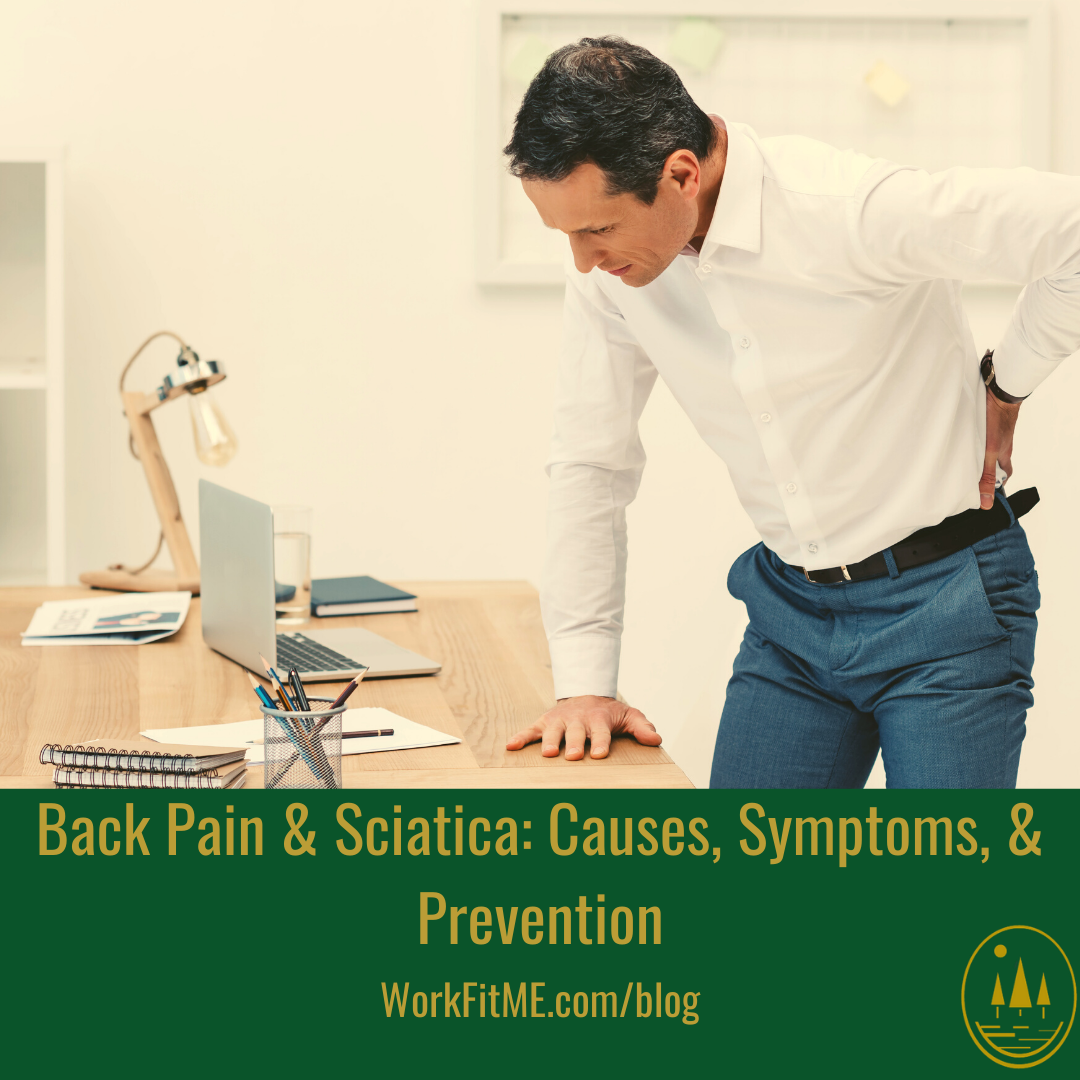
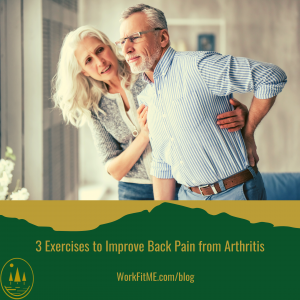
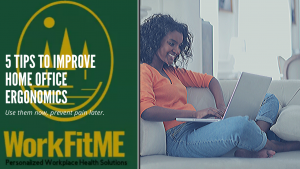
Pingback: 3 Exercises to Improve Back Pain from Arthritis – WorkFitME
Pingback: Not All Back Pain Is The Same – WorkFitME